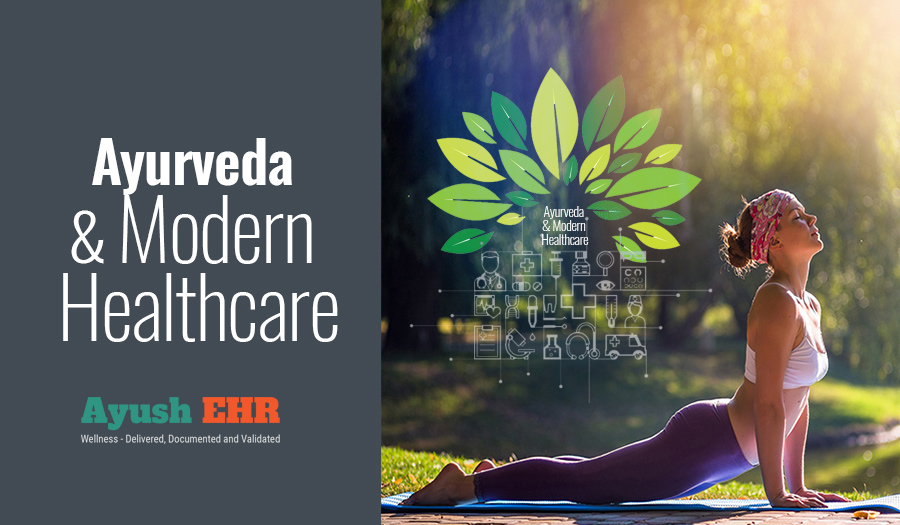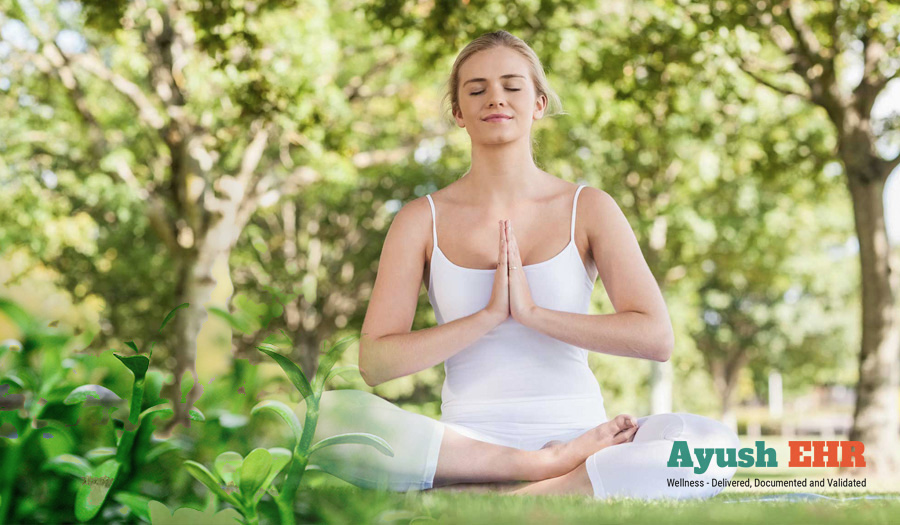The heritage – traditional – way of treating ailments and diseases have been prevalent and practiced for over thousands of years in India. We come from a land where ideas about plastic surgeries were discussed and documented long before people across frontiers actually started thinking about such possibilities. Ayurveda is as much of a science as modern medicine and has been continuously evolving over centuries.
However, in the recent past, Ayurveda has been gradually replaced with other alternate forms of healthcare from the west. Despite being a holistic approach to wellness and treatment, cost effective and more holistic, Ayurveda has indeed lost a bit of its ground among the masses.
The reasons for this are aplenty. One of the major reasons has been the inability of Ayurveda and its practitioners to keep up with evolving technologies. While allopathy adapted continuously to technological advancements in terms of equipments, medications and care protocols, Ayurveda remained rooted to it’s traditional ways of treatment and approaches. There has been hardly any restructuring of the infrastructure with respect to technology or use of contemporary technologies to regain lost ground.
Ayurveda practitioners still largely depend upon the century old books and documentation for their practice as attempts at re validating these in the modern context has been minimal. The exploration into creating newer medicines and protocols and evolving the traditional ones to a modern world has not been well organized and widely practiced. Such efforts remain largely hindered, for lack of technology adoption and standardization in Ayurveda.
Ayurinfomatics or the use of information and data in Ayurveda still remains to be a huge hurdle for practitioners as they either don’t believe such practices could be indeed put into action or they don’t have adequate skills and resources to implement their tech-based visions into their Ayurveda clinics.
The Wake Up Call for Ayurveda
However, a more favorable and conducive environment is emerging in the country for Ayurveda and other traditional sciences. This is the ideal opportunity for Ayurveda to resurrect itself into the holistic wellness solution it was meant to be from the beginning. Today’s lifestyle dictate the need for a cost-effective, efficient and wellness focused treatment agendas and techniques. Besides, Ayurveda is both promotive and preventive, further making it the right health care solution for today. Contrary to the side effects of many allopathic medications, Ayurvedic treatments are complementary in nature and holistic in approach.
If we have to be honest, this is the time of aggressive marketing, where drugs and medicines from manufacturers are favored by medical practitioners and the credibility of them are being consistently overlooked. This is exactly what Ayurveda – with its herb-based medications and practices – helps us guard against.
The Challenges
For Ayurveda to become increasingly prominent among people today, it really has to step up its tech infrastructure. Most clinics and treatment centers still use registers for recording of patient details and paper-based prescriptions or medications. There are still no proper ways to track progress and the method of diagnosis is still old school. Ayurveda practitioners need to resolve a few basic challenges together by integrating modern technology into their work and leverage it’s capabilities. They should
- Use computers in clinics, wellness centers and hospitals
- Move to electronic health record systems(EHR)
- Share records of patient information and health details for transparency
- User data science to process and analyze data for better wellness deliverance and diagnosis
Implementing electronic health records(EHR) systems is one of the best ways to become on par with the competition because the records pave way for personalized health care treatments, more precise diagnosis of ailments, better tracking of patient information, remote retrieval of the information and more. By sharing EHR with your patients, you improve transparency and build long term trust and loyalty.
Government of India has also realized the importance of modern technology and information systems in health care and has come up with Electronic Health Records Standards for India. These standards analyze the diverse aspects of implementing technology and lay out regulations to be followed for uniformity and interoperability. This provides a great opportunity for Ayurveda practitioners to change their conventional working and operating model to adapt to emerging technologies for business and better treatments.

